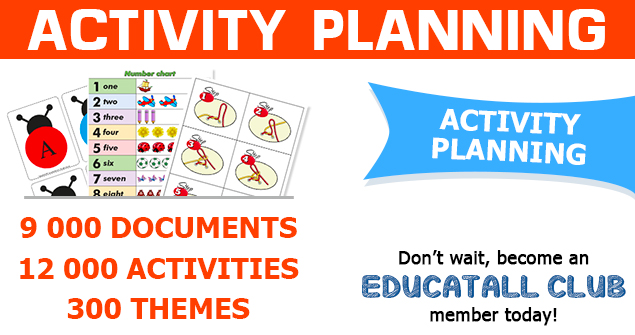
When comprehension affects how children function
Children with special needs all present different characteristics. What’s more, each child faces his own unique challenges. For some, understanding instructions can represent a huge challenge. Unfortunately, because these children have difficulty comprehending what is expected of them, the way they function on a day-to-day basis can be directly impacted. How can they, for example, put their boots away if they haven’t understood their early childhood educator’s request?
Respecting instructions, meeting their early childhood educator’s expectations, and following the daily routine can lead to incomprehension in children who have special needs. They know their early childhood educator asked them to do something, but they have no idea what it is. Often, they will imitate others or use the context to understand what you are asking of them. Through trial and error, children may or may not take the initiative, exposing themselves to the risk of failing…or succeeding.
Incomprehension of different requests and instructions can represent a source of anxiety and stress for children. For early childhood educators, it can seem as if they don’t want to follow the group or respect daycare rules. In fact, the origin of the problem lies in their comprehension difficulties. Children who have special needs require adult accompaniment to improve how they function. You can intervene daily to offer your help. Here are a few quick tricks that may be helpful.
- Give simple directions using this formula: subject+verb+object. Avoid long sentences involving several verbs and actions. Break everything you say to your group down into simple instructions.
- Establish visual contact, touch children’s arm when needed.
- Use simple pictograms to illustrate your group rules, your daily schedule, where items are to be stored, etc. Refer to the same pictograms whenever necessary.
- If children can express themselves with ease, ask them to repeat your requests or instructions. If they succeed, you will know they have understood what you are asking.
Beyond all of this, children may need additional support. This is particularly true for younger children or children with serious comprehension difficulties. Three simple steps can help you accompany children while respecting the “little steps” approach.
Step 1: Verbally state your request or what you want the child or group to do (Thomas, go get your boots.).
Step 2: Verbally state your request or what you want the child or group to do + use a gesture (as you state your request, point to the boots).
Step 3: Verbally state your request or what you want the child or group to do + execute the action with the child or group (as you state your request, go get the boots with Thomas).
These three steps will be quite helpful for children. After each one, wait a few seconds before moving on to the next step if needed. The goal is not to do everything for children, but to accompany them. Slowly but surely, they will learn to decode your instructions and eventually, they will act independently.
Maude Dubé, Specialized educator

 Home
Home Theme activities
Theme activities
 Babies and toddlers
Babies and toddlers
 Arts and crafts
Arts and crafts
 Science
Science
 Creative recipes
Creative recipes
 Tips and tricks
Tips and tricks
 Special needs
Special needs
 Extra activities
Extra activities
 Educ-TV
Educ-TV
 Newsletter
Newsletter  Online store
Online store Educatall club
Educatall club


